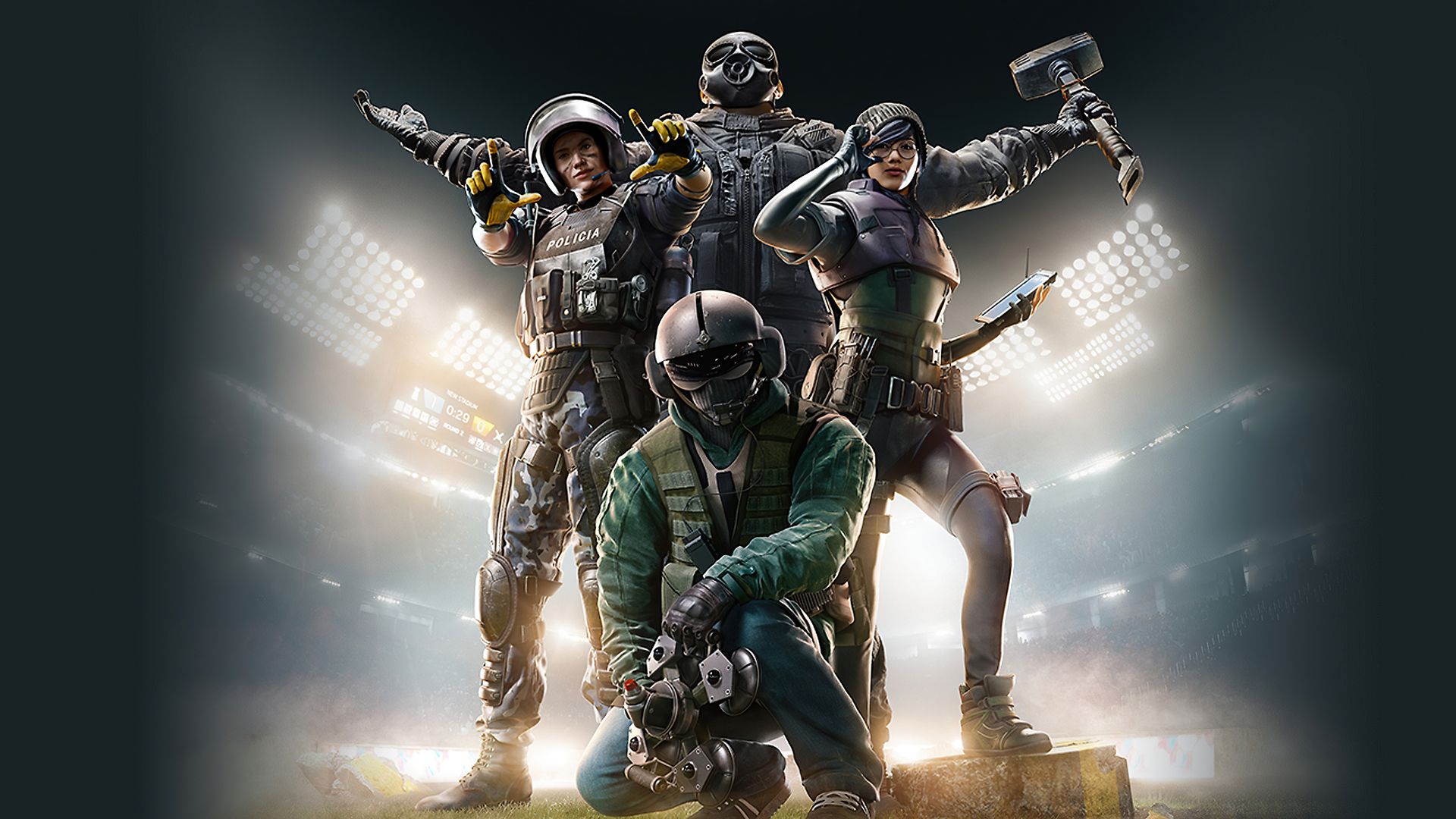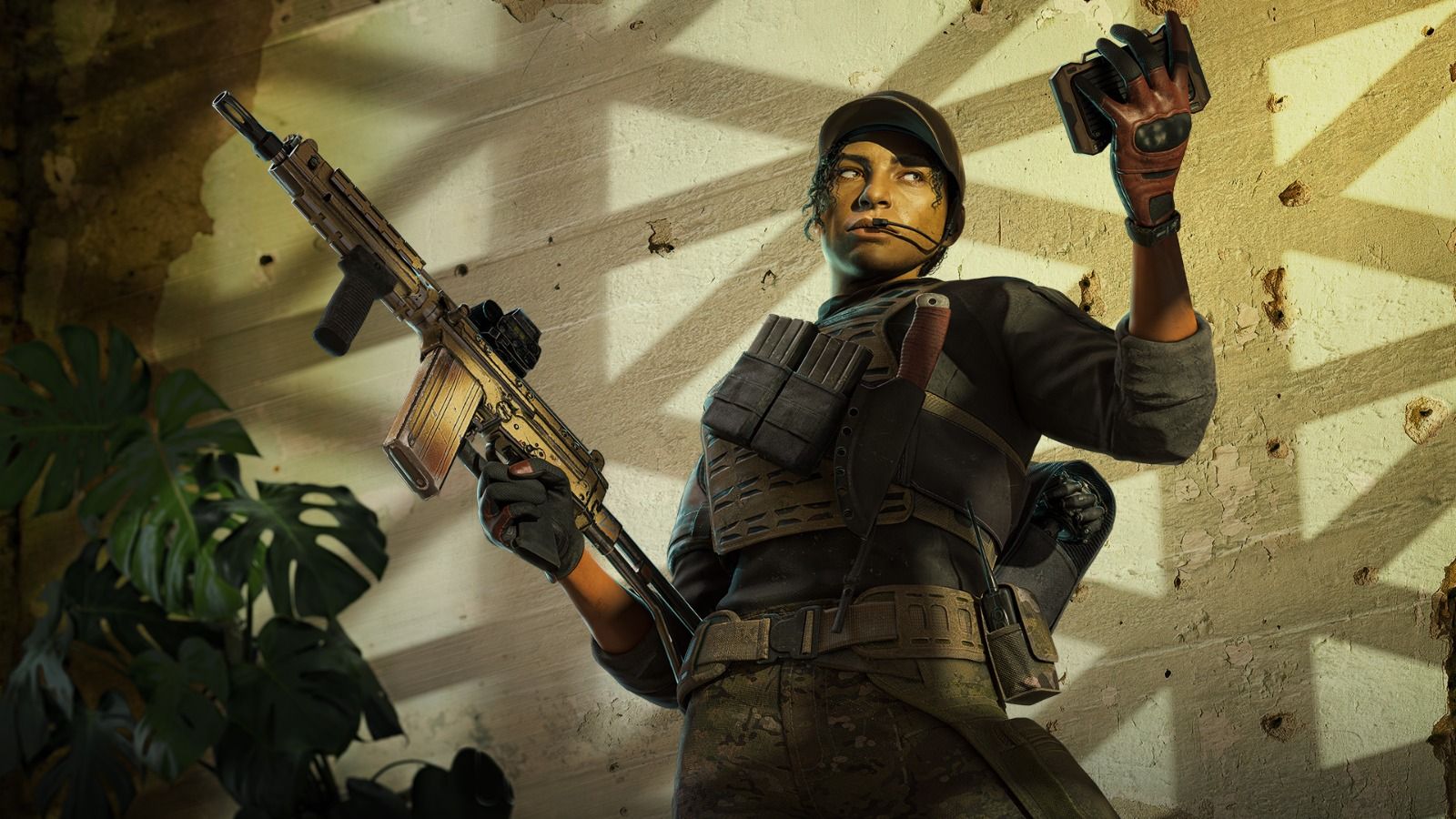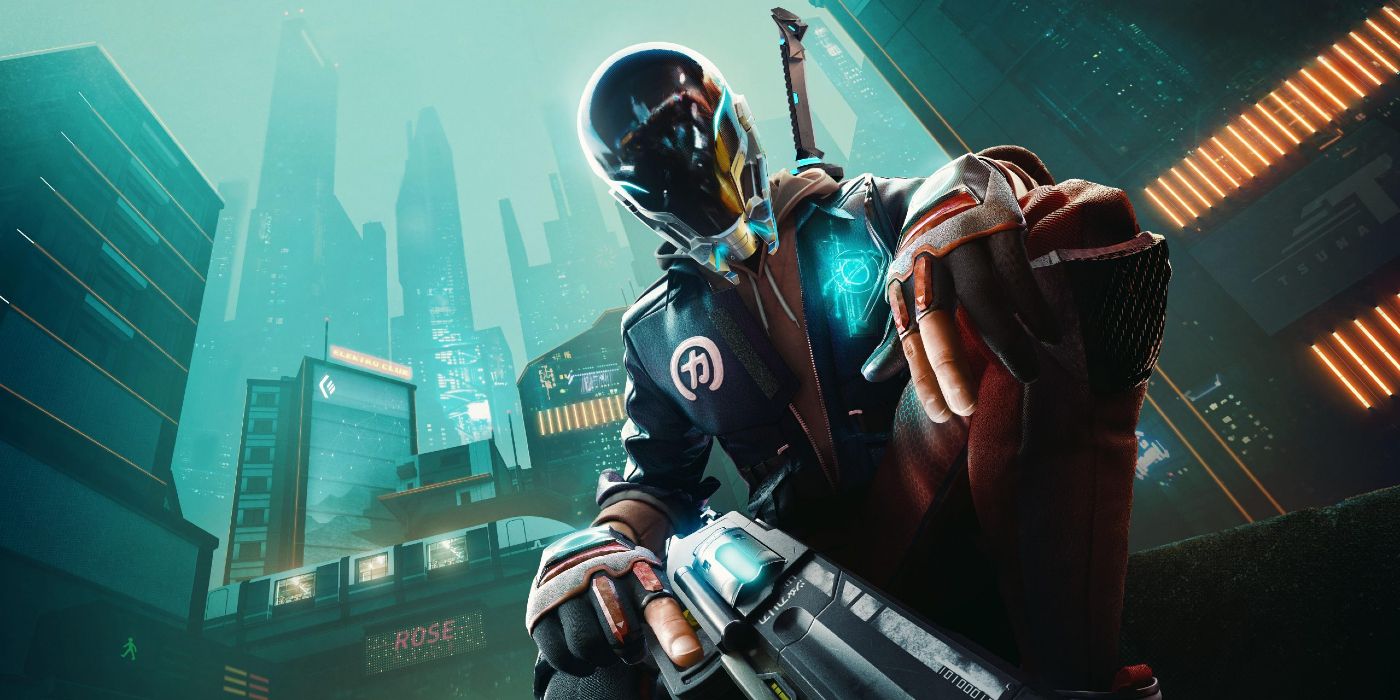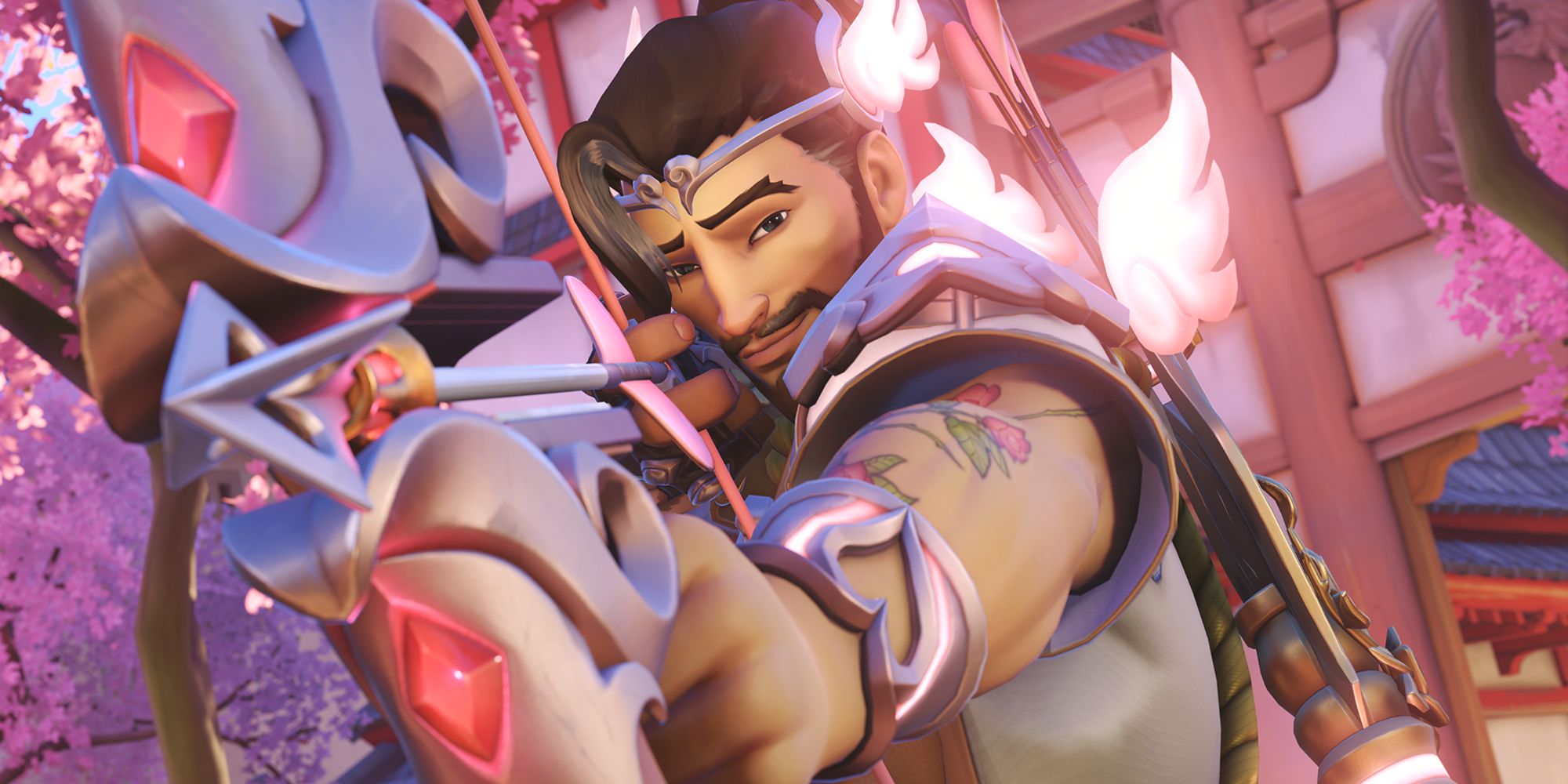The Rainbow Six Siege Invitational in Montreal this weekend feels like a transitional period for Ubisoft’s tactical shooter. It didn’t begin its life in 2015 as a live service hit, but evolved into one out of necessity. Ubisoft saw where the gamer winds were blowing and sought to turn its premiere multiplayer experience into one that fans could call home for decades, with the company dedicating another ten years to the title as its eighth comes into view. It succeeds in spite of its original goals that fell to the wayside in pursuit of required innovation.
Sitting in the room as Year 8 is unveiled, the development team has an aura of rapturous confidence, and an uncertain determination of what exactly the future holds. Siege is now promising it will be around for twelve more years, although what exactly that will entail, or if it can even continue to keep up with changing trends, remains to be seen. It is not the biggest game, live service, nor shooter in the world today. You could often label that as an admission of defeat, although it nails the understanding of changing in the name of survival.
Its ambition is especially polarising in the aftermath of Ubisoft cutting its workforce with layoffs and cancelling several unannounced projects that will never see the light of day. Worse yet is the cancellation of high-budget battle royales like Hyper Scape that failed to pierce the market. I imagine the very same fate awaits the likes of XDefiant and Skull & Bones, the two languishing in production hell after countless delays and low enthusiasm from
But the money has been slammed on the table, millions in all likelihood, and now all Ubisoft can do is soldier on and hope to make something of it. Given the very same company is responsible for myriad successes in the live service genre make its failures all the more glaring.
For Honor has been quietly popular for as long as Siege, a small community of players tuning in for seasonal drops and bold changes to the formula that most ignore, but in the context of its own existence that broader attention really doesn’t matter. Siege is much the same in how it has a dedicated audience in its grasp that both hangs on its every word and takes it to task for its shortcomings.
Ubisoft noticed the profits its competitors were raking in and put several live service projects in the works which only serve to cannibalise what it already has. Rainbow Six Quarantine has all the gameplay quirks of Siege with many of the same names, but a nifty twist wasn’t going to pull players away from a platform that already houses so much investment. Its existence has been wiped clean as Year 8 and ten more years becomes the main focus. The same goes for Hyper Scape, which was developed under the same roof and likely even shared resources that Siege would have actually benefited from.
I completely forgot about Roller Champions too! There are so many of these games that, to put it bluntly, just don’t matter or inspire anything close to passion. We might have expressed a frown or withdrawn sigh when their demise was announced, but it was sadly expected as Ubisoft milked the cash cow so hard its milk turned to powder. Turning around and claiming that Siege will now be a core focus for its live service vision with twelve more years of content is obtusely ignorant to the bigger picture.
Siege is a live service success by accident, and its finest moments come from intuitive spontaneity and reacting to what fans love and want to see more of instead of forcing a square peg into a round hole and hoping it works. The coming years will likely see Ubisoft cancel more projects while doubling down on games like Siege as it tries to hold onto players while similar games pilfer them out from underneath. I imagine a sequel is in the works as much as
Ubisoft wants to deny it, and much like the release of Overwatch 2 it will carry over ideas, progress, mechanics, and operators into a new experience that isn’t slowly running out of track. Its ten+ year vision can still be seen as a part of that, so long as it doesn’t put greed ahead of approachability that the original has so far done an incredible job of pioneering.
The rise of service games is a bittersweet evolution in this medium we’ve already grown accustomed to, and I hope its earliest and greatest successes aren’t morphed into something they were never destined for purely in the hopes of keeping them alive. I’d love another decade of Rainbow Six Siege, but only for the right reasons.
Bring in new players, introduce new operators, and keep on building this universe into something special with the knowledge that starting again or subverting your own mistakes is not exactly a bad thing. I’ll check back in 2035 and see if Siege is still alive and kicking.




.jpg)
